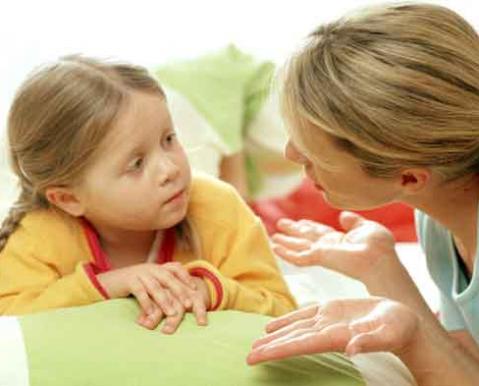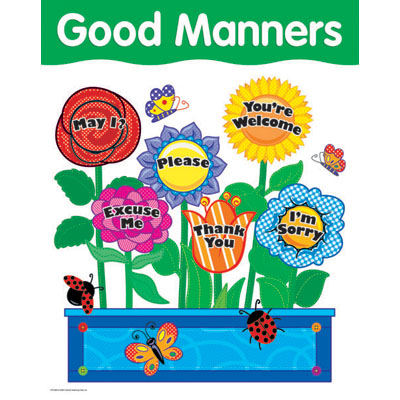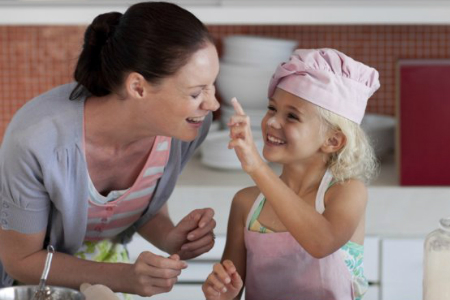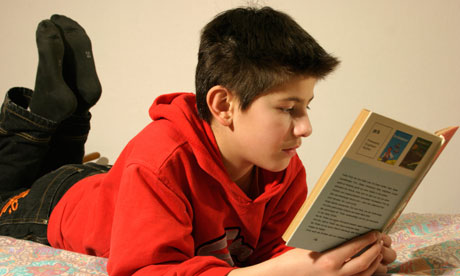“I rock my baby to sleep, she has slept like that ever since she was an infant”, says a mother of a 10 month old. Another says, “Nothing works like a drive in the car, the gentle rocking motion puts my toddler to sleep in no time” and yet another harried mother claims she has to carry her 3 year old in her arms and pace the room, crooning songs that her child likes.
Whatever your method of putting your child to sleep is, it should not turn into a bedtime battle. We commonly meet mothers who complain that their kids just refuse to understand the fact that they are tired and it is their bed time. What ensues is a battle between the child and the mother, where the child invariably takes a long time to sleep, leaving the mother physically and mentally exhausted. If you have a similar bed-time scenario with your child, it is time to change the dreaded bed-time routine into a more peaceful one, where the child learns to soothe himself/herself to sleep.
Develop a flexible attitude when you decide to help your child to self soothe and sleep
Treat sleeping like any other activity that your child engages in. Just like eating and playing, you can’t force your child to sleep. Just like how a child learns to recognize hunger and demands food or milk, similarly you have to help him discover sleep. For that to happen, the setting has to be consistent and soothing. Following a routine helps in the long term as children learn to pick up the pattern and expect sleep to come at the end of the routine.
Be vary of sleep tactics that work for other children
Your child is unique and only he/she can show you what works in their case. Take all advice with a pinch of salt. You may try it once or twice with your child but never force it. Sleep time should be pleasant for your child, not distressing.
Deciding where to sleep
Sleeping arrangements vary from co-sleeping, to cribs to bassinets. Decide which one is best for your child. Based on your routine and lifestyle, pick one that suits you and baby the best in the long run.
Take one step at a time and remember, the initial month is always the hardest
Whatever routine you decide for your child, it will seem not to work in the initial few days. Hang in there. The child is also figuring out and forming patterns in his brain. However, if the routine is obviously causing distress to the child or is doing the opposite of calming the child down, dump it. Stay flexible and implement another routine.
Sleep association in children
Let your child associate sleep with self soothing. This means that the baby is put down when awake. Parents provide a comforting environment but do not help baby to sleep by any external stimulation such as rocking, singing or patting. The child learns to recognize sleep and sleeps without any intervention. Subsequently, you will discover, that night time waking will reduce as the baby learns to put herself to sleep without any help from you. As hard or impossible as this may sound, it is possible.
Remember, consistency and self soothing techniques are key to help your child sleep peacefully.







